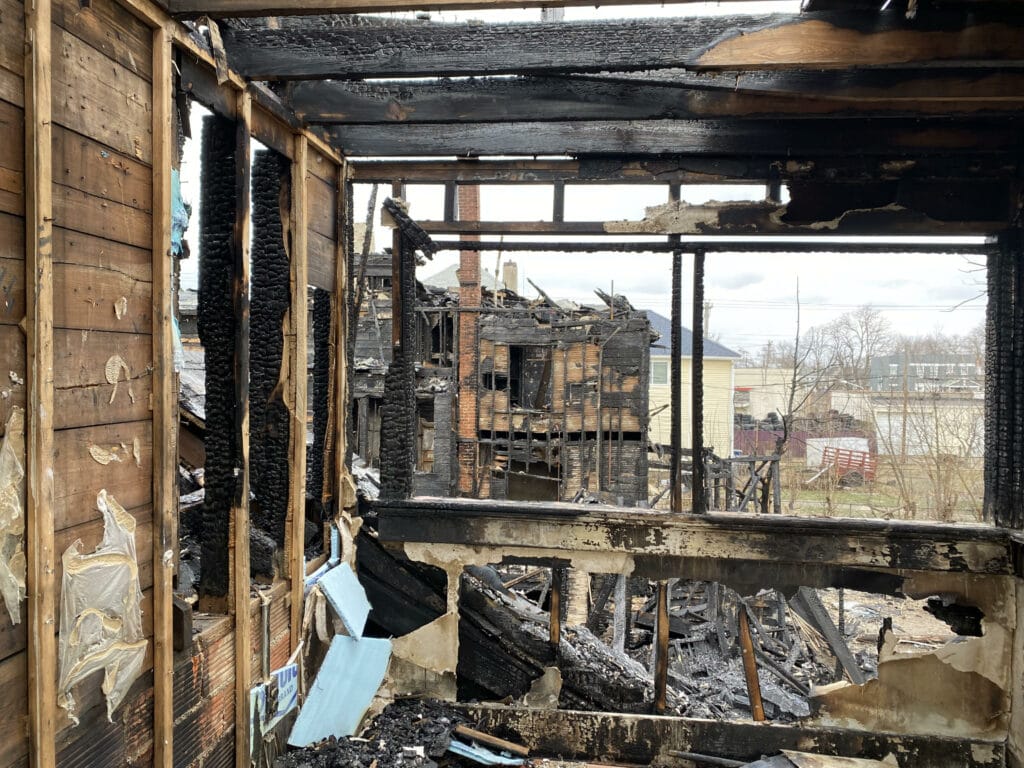
I stood on the second floor looking through the charred remains of the exterior wall towards the even more decimated neighboring house where the fire had begun. It was a total loss leaving only a lone chimney to stand with the last bits of blackened timbers still clinging on, precariously upright. The fire had not only destroyed the house where it began but had also caused catastrophic damage to the two adjacent houses, one of which we were inspecting that morning.
On site, I met with an obviously and very understandably distraught client whose life had been turned upside down overnight. The task at hand was to try to assess and document the scope of damage afflicted upon his property by the neighboring fire and provide any information to help him in his next course of action. As we surveyed the damage, moving carefully around and through the structure, I thought of the numerous and all too common fire hazards that I see on typical inspections every day. Was it a flue pipe issue, faulty wiring, fireplace in disrepair? As I spoke with the client, my suspicions were quickly put to rest. This time something entirely different was to blame.
The offending house at the center of this disaster had been vacant for some time. Our client had purchased the house adjacent to the right of it with hopes of remodeling and making it into a nice home for himself and his family. Meanwhile, the vacant home had become an attractive location for a local homeless individual to call his own. In the middle of winter it sure must have been a welcomed respite from the streets and the elements. Sometime between his moving in and this morning’s inspection, the new occupant managed to set the house on fire to devastating result. We can only presume that he was attempting to tend a small fire to keep warm.
So what can be taken away from all this? For all the things inspectors identify and write up during a home inspection as potential concerns, it is still limited specifically to the property being inspected. The boarded up house next door, across the street or perhaps the derelict row of houses a block away are no concern to the inspector and would not be identified in a report. However, they should absolutely be of concern to you, the potential buyer. A home inspection provides you with a huge amount of information about your prospective property to consider but there is always more to consider in the grand scheme of things. It is both wise and prudent to look at and evaluate all factors that may affect your new property. As the title refers, know thy neighbor and maybe more completely stated, know thy neighborhood!
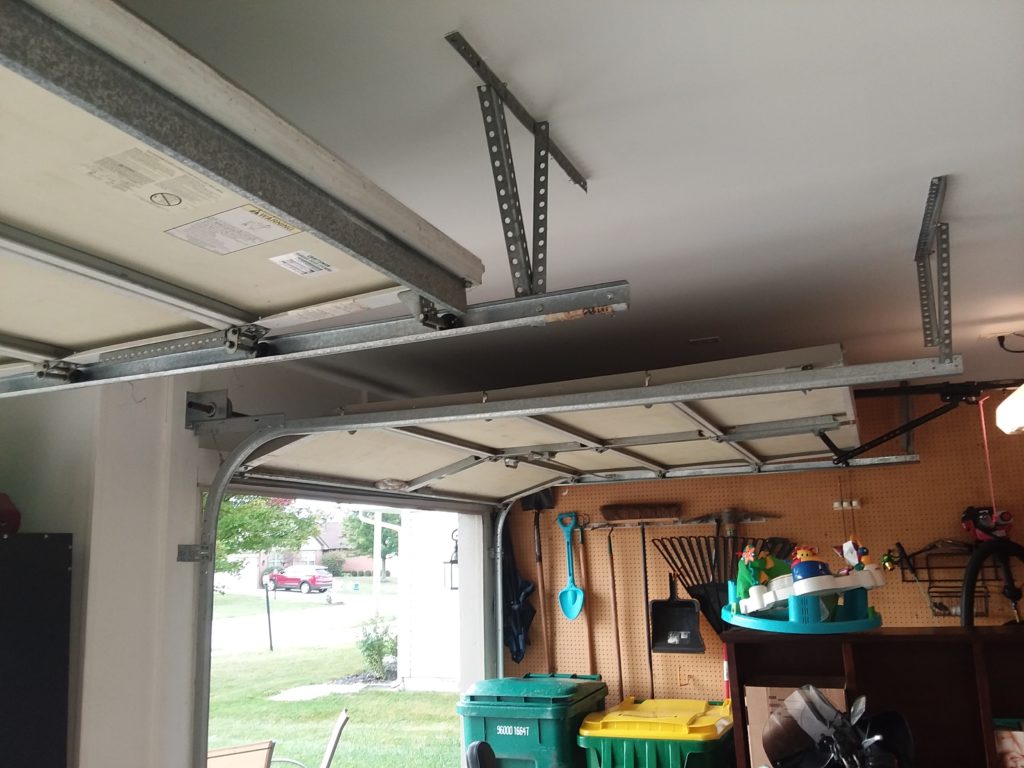
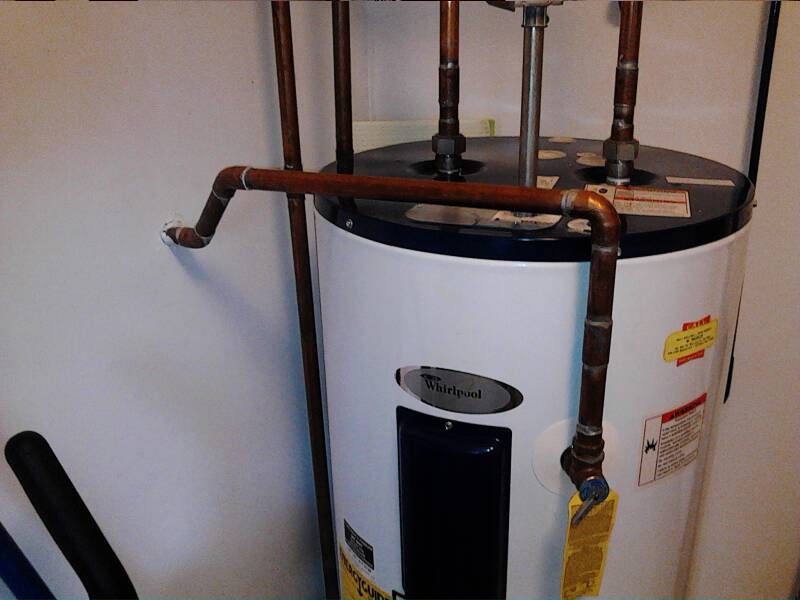
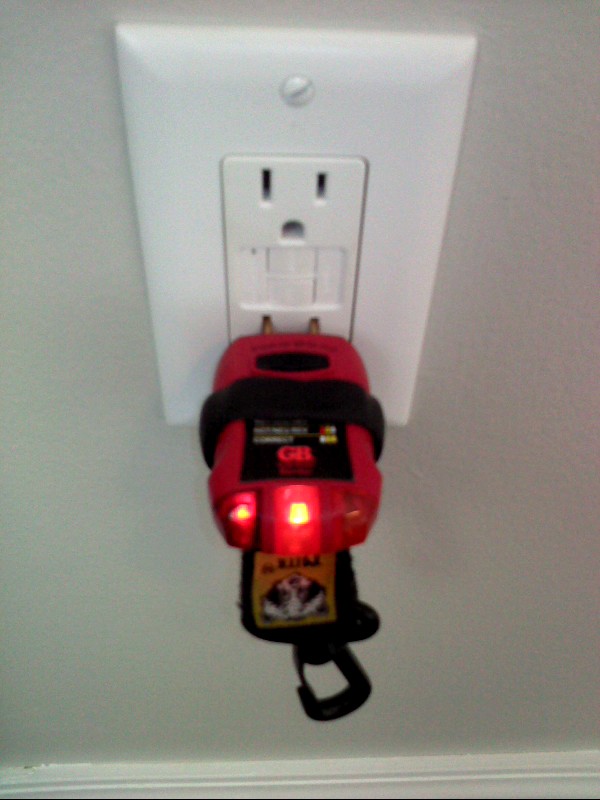
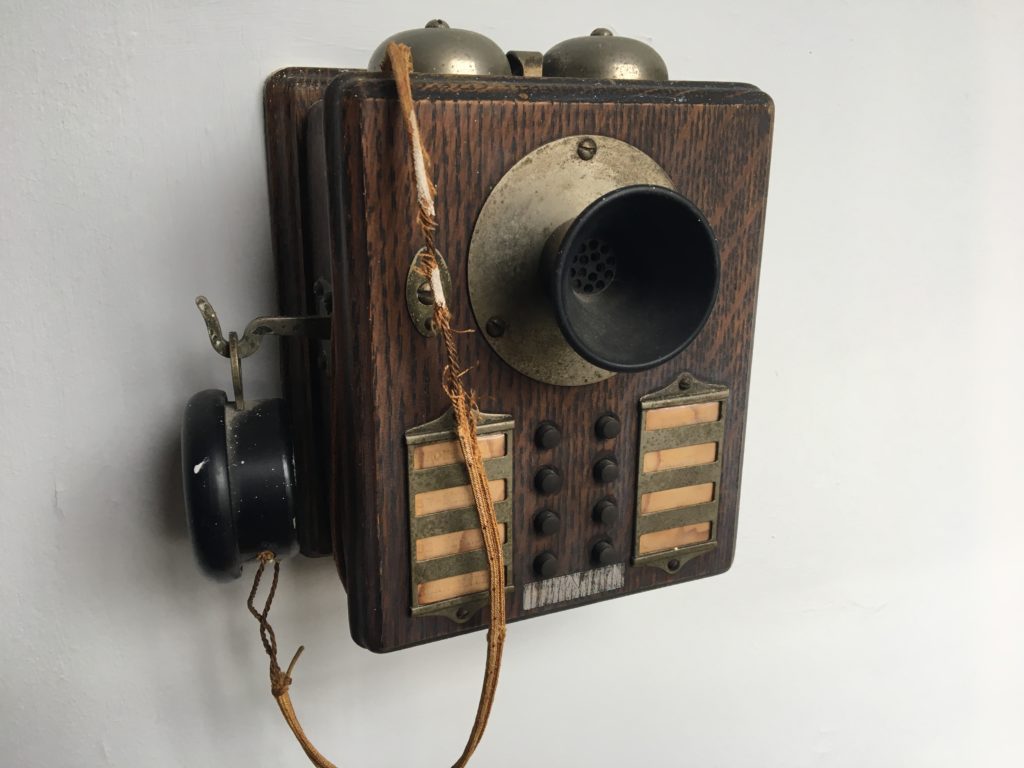

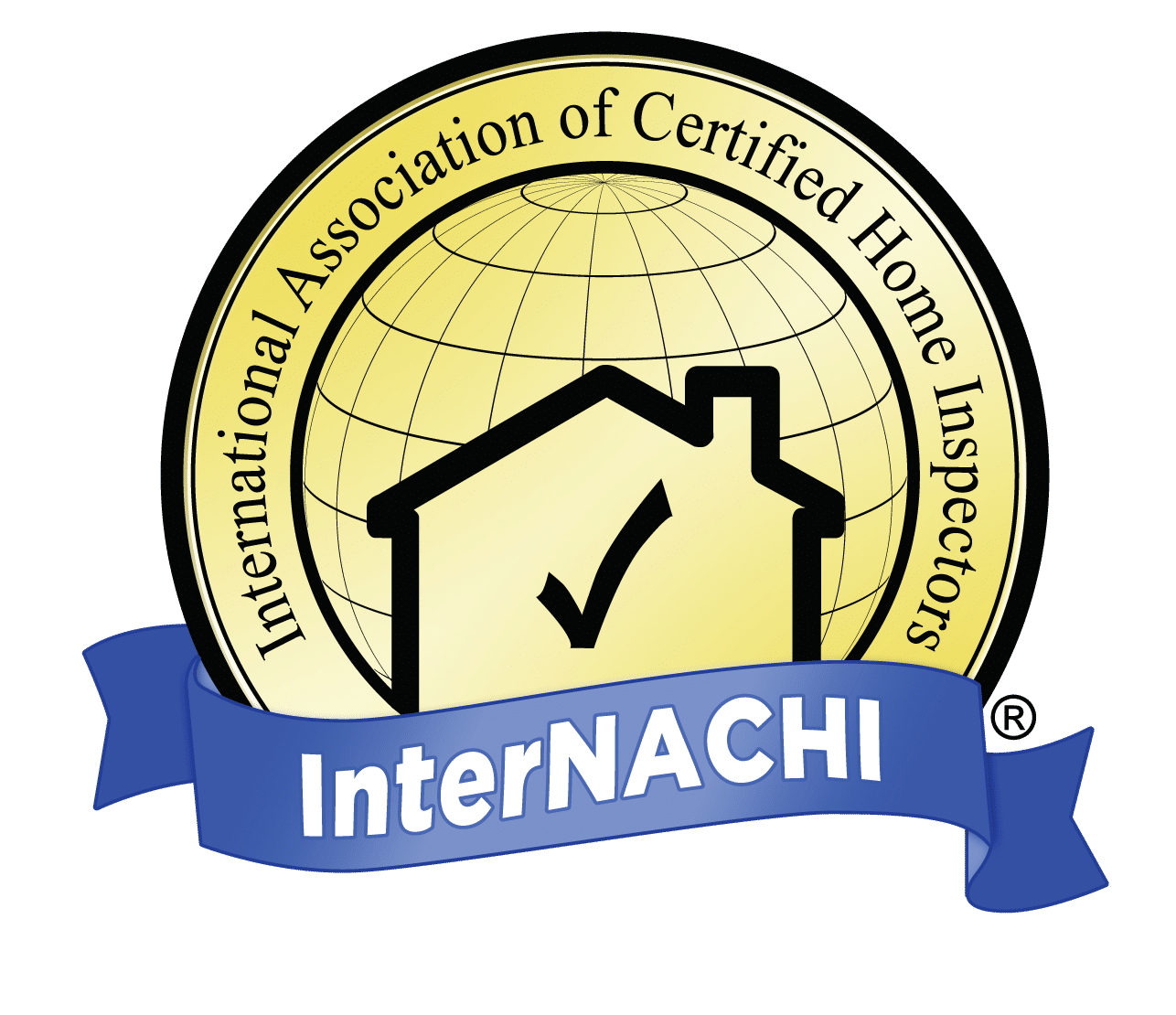
Leave a Reply